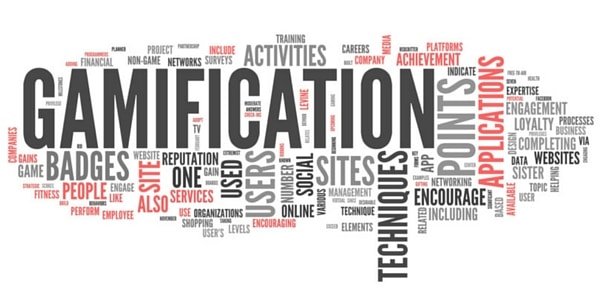We saw in the previous article that personal branding is as important for a company as it is for a celebrity: it is the fact of knowing how to market oneself to develop one’s brand image.
For a company that wants to be digital, one of the easiest approaches to implement in the case of personal branding is to develop its community of ambassadors. This is called content amplification.
Your objective is profit maximization and, for most of you, to grow your company’s visibility according to three well-known objectives:
- cognitive, in order to make you known and develop your notoriety
- affective in order to make you like and develop your brand image
- conative in order to succeed in the transition between the desire to buy and the action of buying
However, you don’t necessarily have ideas that require few resources or are easy to implement to achieve this. We have the solution that will allow you to promote your business on the Internet by combining the useful with the pleasant and by combining performance and entertainment: Gamification.
Gamification, the new trend in internal communication

For a company that wants to be digital, one of the easiest approaches to implement in the case of “personal branding” is to develop its community of ambassadors.
For a company that wants to be digital, one of the easiest approaches to implement in the case of “personal branding” is to develop its community of ambassadors.
Did you know that gamification is one of the 11 internal communication trends?
You’re probably wondering what it’s all about…
In simple terms, it’s “using games to encourage desired consumer and employee behaviors“. (Source: http://comin.madmagz.com/fr/glossaire/definition-ludification)
It is an effective way to inform, motivate and increase employee engagement in various projects.
But also to reinforce their adhesion to the company’s identity, as well as to accompany them in an important turning point of the company, often a factor of performance and productivity.
Game is one of the most effective ways to achieve this!
Some figures
- Gartner predicted that by 2014, 70% of the world’s top 2000 organizations will use gamification to boost employee productivity.
- According to Markets and Markets, the gamification market could reach $1.7 billion in 2015 and up to $5.5 billion in 2018.
- For example, 79% of learners say they would be more productive and motivated if their learning environment was more gamified.
By the end of 2015, Gartner predicts that 50% of companies will use processes based on Gamification. In addition, 40% of Global 1000 companies will adopt game mechanics to develop their business activities.
(source : http://www.seriousfactory.com/blog/infographie-top-stats-gamification-2015)
A management practice
Employees in a company often reveal that the lack of recognition is the main problem they face in the workplace.
Gamification allows them to feel valued because they are rewarded for every action they take (by sharing content on their own social networks, for example).
This practice also allows employees to follow their journey and its evolution in real time, creating an appetite for the game and driving business performance.
And what could be better than turning a constraint into a game? It’s a win-win situation.
Successful gamification?
Be careful, for a gamification campaign to be effective, it is important to respect certain rules:
- Everyone must be involved, from employees to managers.
- Offer non-stigmatizing rewards. Indeed, all surveys on employee motivation show that money, although important, is not the main motivator. Monetary rewards, which tend to encourage individualism, are not necessarily the most appropriate. Whatever type of reward is chosen, one must be skilful enough to ensure that the reward of some does not stigmatize others.
- Full transparency on the objectives and reward system is considered a key success factor.
A practice that also works externally
Gamification can also be used with your customers to stimulate their motivation and engagement.
- The company can create a section on its website “Follow us”. For each retweet and/or like and sharing of content on social networks: you offer a certain number of points.
These points can then be exchanged for a promo code or a gift card. - Develop applications/games to make discovering the brand more fun: you could for example develop games on Facebook like a quiz or even a game of 7 mistakes to improve your relationship with your customers. To continue, they will have to share their scores on their accounts via messages that mention by default the name and link of the site with their friends and followers, which will surely encourage other people to play. The goal is to attract new people through games and then turn them into customers.
- Encourage your prospects to explore your website: you could also organize a scavenger hunt that encourages visitors to browse the entire site and/or blog to find specific content, similar to a “Where’s Charlie? A predefined number of winners will be rewarded with a gift card to be used on the website (if a merchant) or on a partner’s website.
We could still cite many examples of application… You will have understood that gamification is a management method and a new mode of internal and external communication with a very strong potential that it is essential to understand in view of current technological developments.






